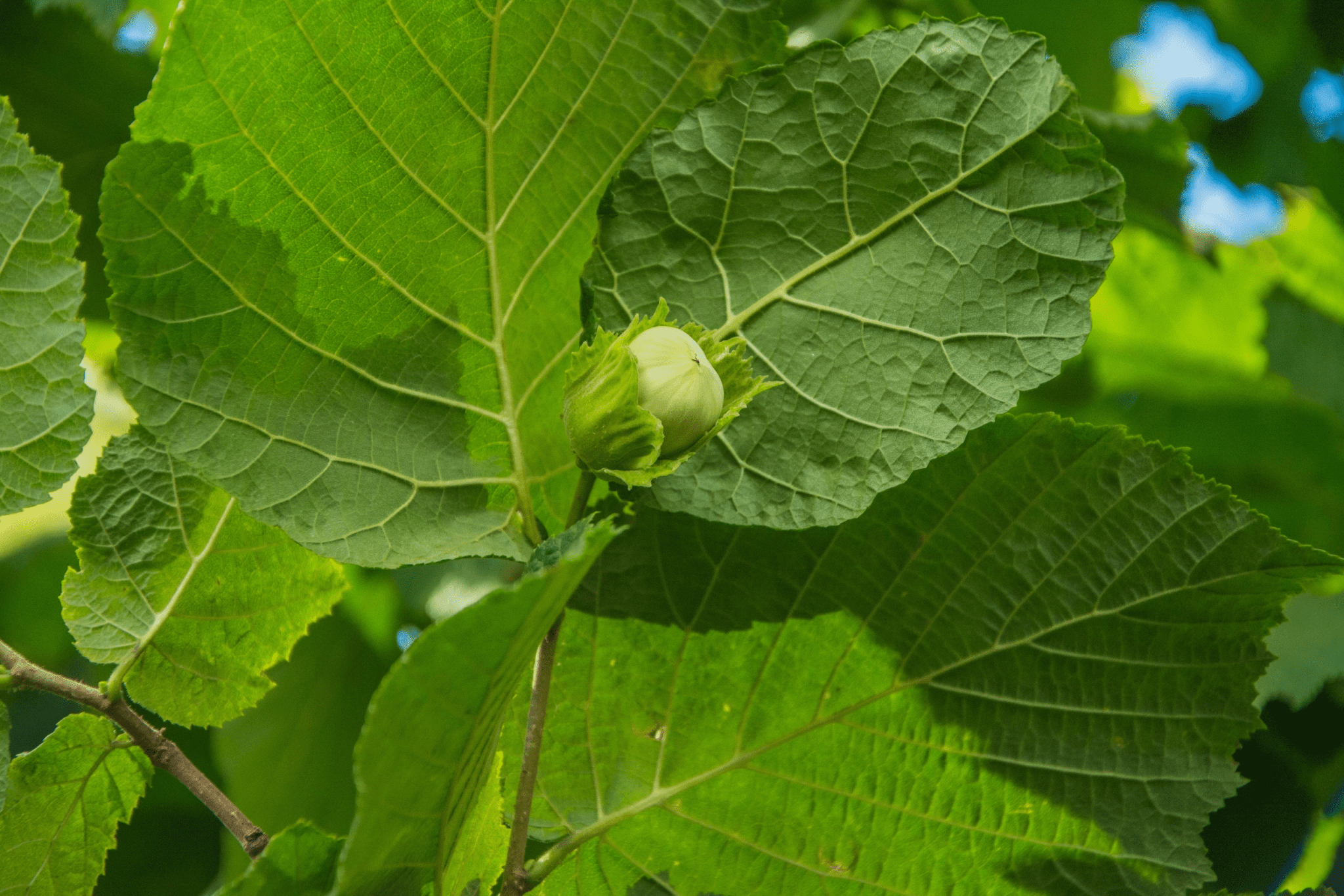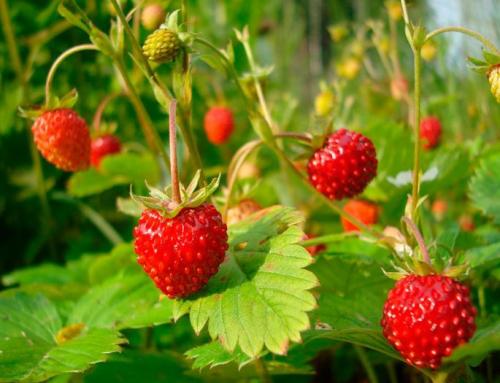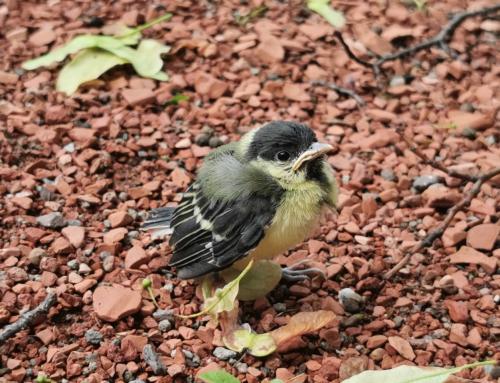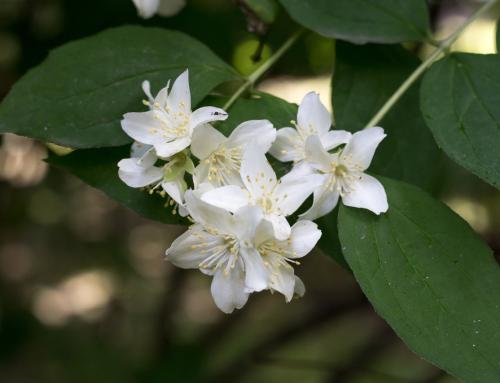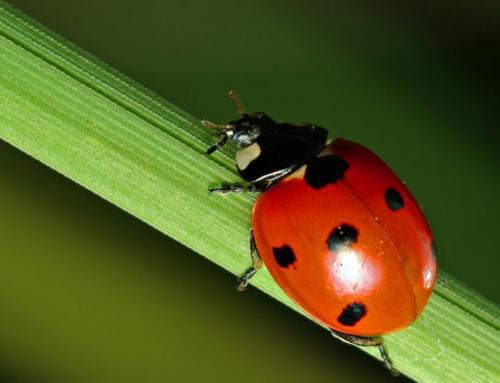In April, we wrote that hazel bushes were blooming in the bosquets of the Summer Garden. Now these bushes are beginning to ripen fruit.
For the helmet-like shape of the plush, the hazel got its generic Latin name ‘corylus’ from the Greek ‘korys’ – a helmet. The specific name of the hazel ‘avellana’ comes from the city of ‘Avellano’ in Italy, which under the Romans was the center for the cultivation of this valuable nut-bearing plant.
In the time of Peter the Great, hazel plantations were planted in the bosquets of the Summer Garden, and theyIn April, we wrote that hazel bushes were blooming in the bosquets of the Summer Garden. Now these bushes are beginning to ripen fruit.
For the helmet-like shape of the plush, the hazel got its generic Latin name ‘corylus’ from the Greek ‘korys’ – a helmet. The specific name of the hazel ‘avellana’ comes from the city of ‘Avellano’ in Italy, which under the Romans was the center for the cultivation of this valuable nut-bearing plant.
In the time of Peter the Great, hazel plantations were planted in the bosquets of the Summer Garden, and they received nutritious nuts and wood from them for turning crafts.
During the time of Empress Elizabeth, the Lombard nut brought from Europe was planted in the Third Summer Garden (now Mikhailovsky). This is a large hazel (Corylus maxima) naturally growing in southern Europe and is the ancestor of cultivars of hazelnuts. But the climate of St. Petersburg did not suit the Lombard nut, and after a few years all the plantings died. Garden masters had to plant common hazel again.
Hazel, planted in bosquets during the restoration of the Summer Garden in 2011, has taken root well and pleases with its fruiting every year. nutritious nuts and wood from them for turning crafts.



